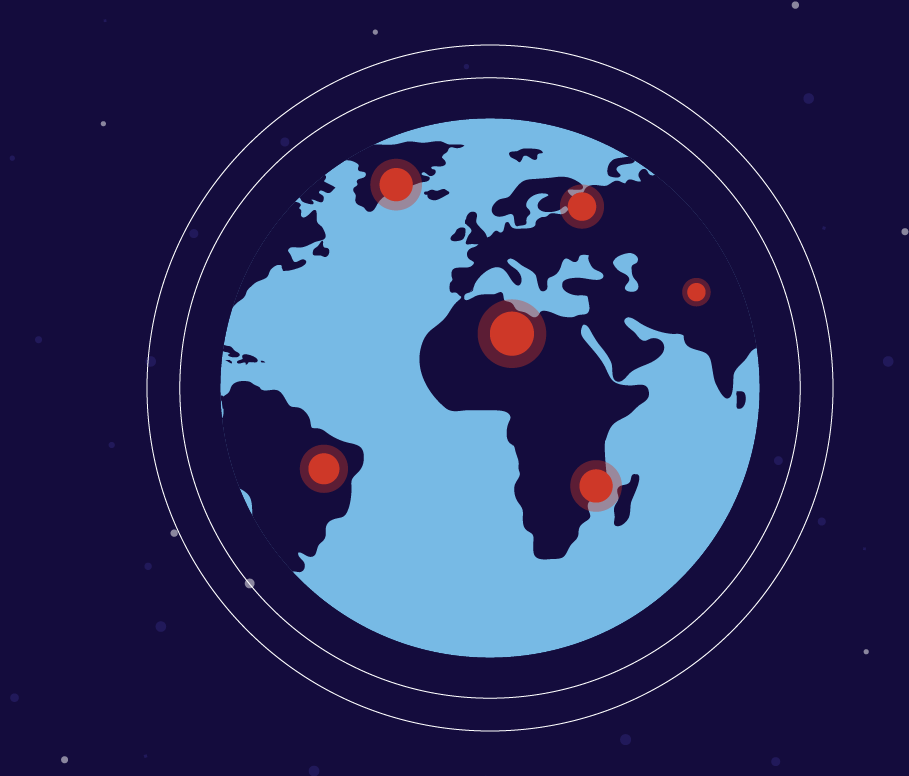Read the blog post that inspired this case study on the Innovate4Health website.
Strong intellectual property systems help fuel the engine of innovation, bringing groundbreaking and sometimes lifesaving inventions to people around the world. Read more about a breakthrough patented technology that enables remote guidance of surgical procedures to help ensure those most in need get access to safe, affordable and timely care.
Who: Proximie co-founders Talal Ali Ahmad, a mobile phone developer based in Boston and Nadine Hachach-Haram, a London-based surgeon. Ahmad, developed the technology after observing the challenges faced by doctors serving remote populations, while on a volunteer trip to El Salvador with Project Smile. To fine-tune his technology and ensure it was best serving Proximie’s targeted users, Ahmad recruited Hachach-Haram, leveraging her technical expertise and building a team of clinicians, engineers and designers.
Challenge:
Globally, up to five billion people are unable to access safe, affordable and timely surgical care. It’s a problem that disproportionately effects the poorest regions of the world. In conflict zones, where there is a high demand for care, the problem is especially critical.
Opportunity:
Ahmad and Hachach-Haram developed a patented augmented-reality technology that helps surgeons in rural regions and conflict zones get remote assistance and training from anywhere in the world.
How It Works:
Through a pair of computers, tablets or smartphones, the Proximie technology allows surgeons in remote locations to observe a surgical field in a rural area or conflict zone as 2D or 3D images or as a livestream video feed. The remote surgeon can communicate with the local surgical team through audio or text and can make notes and mark up the images of the surgical field using a touchscreen. Proximie also has a “dataglove” technology that senses and transmits the remote surgeon’s positioning and movements and overlays them onto the images of the surgery site to guide the local team through the procedure.
Why It Works in Developing Regions and Conflict Zones:
- Platform Agnostic: Proximie is cloud based, can be used across digital platforms, and utilizes existing technologies so no special equipment or upgrades are needed.
- Low Bandwidth: Using the tool requires minimal bandwidth, so it can be deployed in almost any healthcare setting from remote rural hospitals to tertiary specialist centers.
- Integrative: The technology can integrate with electronic medical records so clinical information that the patient may not be able to provide can be accessed.
- Simple Interface: The user-friendly interface allows surgeons to leverage the technology after only a few days of training.
The patented Proximie technology promises to bring better, safer and more accessible surgical care areas of the world where care is greatly needed yet severely lacking. Already, Proximie has allowed surgeons in the U.S. to guide local teams in Peru and El Salvador in repairing children’s cleft palates and has helped surgeons in Beirut assist with procedures in the Gaza strip. None of this would have been possible without the strong intellectual property rights that allowed Proximie co-founders to patent their technology and secure funding from venture capitalists. To ensure that these groundbreaking inventions continue to be developed, funded and accessible to people around the world, it’s vital that robust intellectual property systems are fostered and protected.


